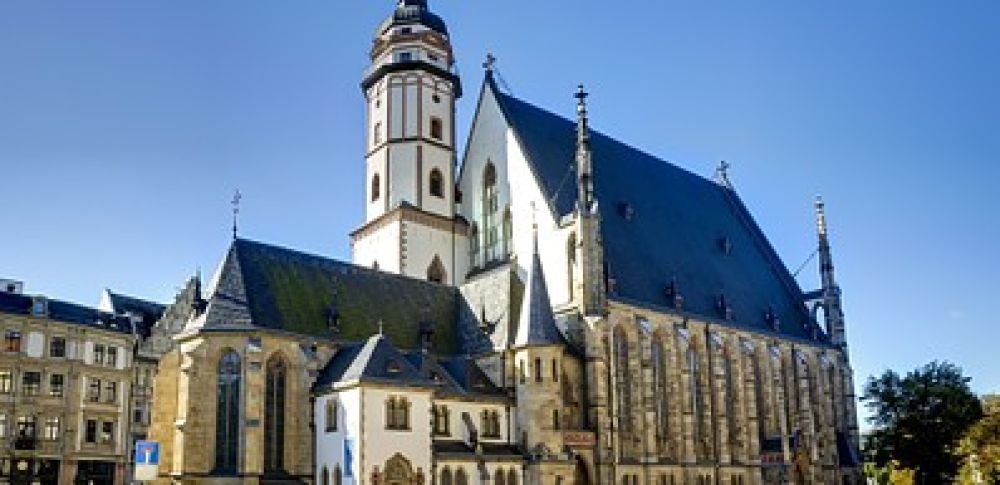

Thomaskirche, known in English as St. Thomas Church, has long served not just as a religious edifice but as a beacon for classical music enthusiasts and cultural tourists from around the world. Its rich history intertwined with the lives of notable composers, particularly Johann Sebastian Bach, draws countless visitors annually.
The origins of Thomaskirche date back to the 12th century when it was established as a monastery church for the Augustinian order. Over the centuries, it has withstood wars, reformation, and changes in artistic and architectural styles. The current building reflects Gothic design trends of the late medieval period, although renovations and restorations over the years have introduced elements of other styles.
Johann Sebastian Bach, one of the most famous and influential composers in classical music, served as the Thomaskantor, the music director at Thomaskirche, from 1723 until his death in 1750. During this time, he composed a substantial portion of his life’s work, and his legacy remains inextricably linked to the church. Today, Bach's remains are interred in the sanctuary, further cementing Thomaskirche's place in music history.
Tourism in Thomaskirche began to flourish significantly in the 19th century with the resurgence of interest in Bach’s music and the Romantic movement’s adoration for historical cultural figures. The establishment of the Bach-Archiv Leipzig in 1950 and the annual Leipzig Bach Festival are events that have fueled the church's status as a tourist destination.
Visitors can enjoy the church's stunning architecture, take guided tours to learn more about its history, or attend one of the many concerts and services that showcase both Bach’s music and new works, continuing the church’s legacy as a living center of music.
In recent years, there has been a surge in authentic and experiential tourism, with visitors looking to engage with the history and culture of destinations in meaningful ways. Thomaskirche offers a unique opportunity for tourists to immerse themselves in the world of Bach and Baroque music through interactive exhibitions, guided tours that delve into Bach's life in Leipzig, and the chance to attend performances of his music in the church where he once worked.
Sustainable tourism is also becoming increasingly important, and Leipzig is responding to this demand, endeavoring to preserve its historical sites with mindful stewardship. Thomaskirche is at the forefront of this movement, ensuring that the church's maintenance and visitor amenities are managed sustainably, preserving the building and its heritage for future generations while minimizing the environmental impact of tourism.
Moreover, musical education is a trend on the rise in the tourism sector, with Thomaskirche offering educational programs and workshops for visitors of all ages. These efforts provide deeper insight and foster a greater appreciation for the impact Thomaskirche has had on music and culture, both historically and presently.
Through its intertwined threads of history, culture, and education, Thomaskirche remains a beacon for tourists and is sure to continue as a significant destination for those visiting Germany.